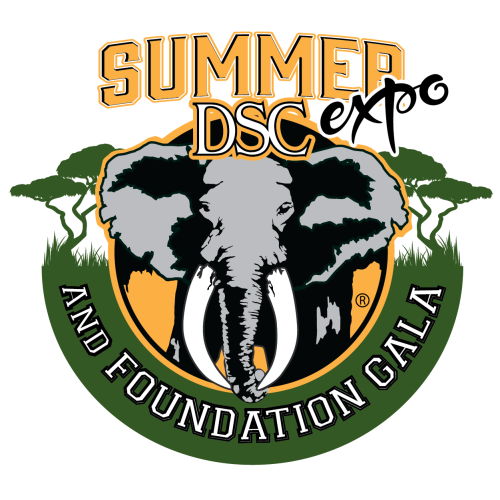Hunting experts
#1 destination for red stag hunting in the world
Outstanding record book trophies. 12 species available
Top notch lodging right on the foothill of the Andes
Why not patagonia?
(Instead of NZ)
There are certain things a hunter needs to consider before choosing where to go for red stag hunting. Here are some differences and points that set apart our authentic and natural Patagonian hunting experience from other “forced” environments.
There is huge difference in free range environments and high fenced environments between NZ and Patagonia. The absence of a high fence does not necessarily mean that animals are free roaming if the area is surrounded by towns (like in most of Europe) or by natural barriers which the animals cannot cross (like NZ). The actual range in which animals roam in Patagonia extends well over 5 million + acres, and human population in that same area is extremely scarce.
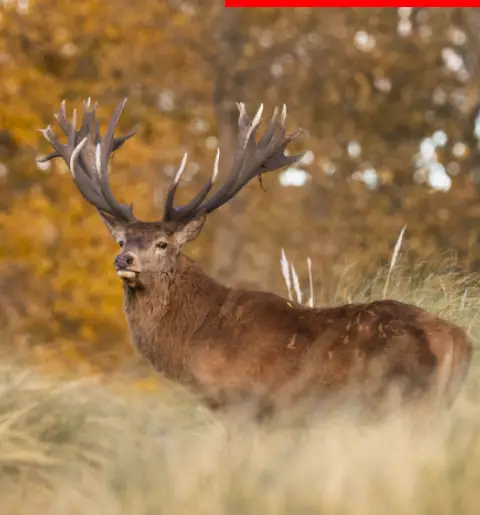
Key Points to consider
| Feature | Algar | New Zealand |
|---|---|---|
| High fence area | 40.000 acres | 2.225 acres average |
| Natural population indicators | Fawns, hinds, old stags, young stags, all sizes of animals, both sick and healthy animals, predators, old age cadavers. | Only well fed big stags, not a real population, absence of females and fawns. Pierced ears from life at farm (from ear tags) |
| population Spread | Since it is a natural population, stags of all sizes and scores can be found | Mostly animals over 400 SCI. |
| Animals selection method | Long standing management with rifle by experienced game keepers. | Animals are bought at deer farms. |
| Advertising | Hunting success guaranteed from the hunting experience | You can practically pre-order the size of stag you like |
| Time difference with the us | 1-4 hours | 14-18 hours |
Algar Safaris extends over 85.000 acres, about half of that corresponds to the free range area. Fenced areas of 40.000 acres in Patagonia, make hunting in NZ’s biggest (7.000 max, 2225avg.) like fishing in a bathtub
Most animals in NZ high fenced areas are bought on deer farms and let out into the hunting ground right before the hunting season starts, they do no constitute a real population and there is no natural food to sustain those animals all year round. They are not wild animals but farm animals simply released to be shot. In fact, you will never encounter young animals, females, fawns and old animals. at Algar, in Patagonia you will find a stable population living in a real ecosystem where deer have feed to survive on their own (and not from artifical diets fed in pens) but are also prey to pumas or some that just die after a harsh winter. The hunting area at Algar is not a cattle feeding area, or is neighboring to a dairy farm, or has public roads going through it, nor does it grow commercial crops. It is an untouched hunting ground where fenced areas are so big and populations occur naturally.
If you make a hunting trip to NZ for one week but it takes you 3 days to adjust to the new time zone and 3 days more when you go back, how would this constitute a pleasurable experience? It does not matter from where in the US you are coming from; Argentina never has more than 4 hours difference with the US.
Most of those big stags shot in New Zealand have even names; they used to be breeders for commercial velver producers. It is hardly natural hunting and certainly not challenging to shoot an animal that has spent 99% of his life in a 4 acre pen. Even more, some NZ outfitters even advertise pictures of “next year prospects”. We wonder where those pictures are taken.
Commercial deer farms in NZ hold auctions where they sell their stags. Most of their catalog is expressed in SCI scoring for stags. This means they are bred for high scoring heads, in a very unnatural way, and that the sole pupose of those auctions for trophy animals is to sell them to outfitters.
Since Algar doesn’t buy trophies elsewhere, there is no need to recover an investment made on a stag that ended up scoring less than what it was supposed. In NZ you will most certainly pay for what the stag scored at the farm rather than for what it actually scores when hunted.
New Zealand’s authorities on environment and fauna have long ago declared red deer as a pest and actively pursued its extinction. This means that the real wild population is in absolute decline, both in quantity and quality. Almost every stag shot in New Zealand nowadays is in captivity or was born in such a way. With a present population of over 2 million farmed red deer, it is clear that natural hunting is not a priority. In Patagonia, Argentina, Algar is known for it’s prolific fauna, it’s care for the environment, and it’s deep respect for the environmental laws.
Authentic Environment:
Most animals in NZ high fenced areas are bought on deer farms and let out into the hunting ground right before the hunting season starts, they do no constitute a real population and there is no natural food to sustain those animals all year round. They are not wild animals but farm animals simply released to be shot. In fact, you will never encounter young animals, females, fawns and old animals. at Algar, in Patagonia you will find a stable population living in a real ecosystem where deer have feed to survive on their own (and not from artifical diets fed in pens) but are also prey to pumas or some that just die after a harsh winter. The hunting area at Algar is not a cattle feeding area, or is neighboring to a dairy farm, or has public roads going through it, nor does it grow commercial crops. It is an untouched hunting ground where fenced areas are so big and populations occur naturally.
Enviromental pest vs. game animal:
New Zealand’s authorities on environment and fauna have long ago declared red deer as a pest and actively pursued its extinction. This means that the real wild population is in absolute decline, both in quantity and quality. Almost every stag shot in New Zealand nowadays is in captivity or was born in such a way. With a present population of over 2 million farmed red deer, it is clear that natural hunting is not a priority. In Patagonia, Argentina, Algar is known for it’s prolific fauna, it’s care for the environment, and it’s deep respect for the environmental laws.
Area:
Algar Safaris extends over 85.000 acres, about half of that corresponds to the free range area. Fenced areas of 40.000 acres in Patagonia, make hunting in NZ’s biggest (7.000 max, 2225avg.) like fishing in a bathtub
Time Zones:
If you make a hunting trip to NZ for one week but it takes you 3 days to adjust to the new time zone and 3 days more when you go back, how would this constitute a pleasurable experience? It does not matter from where in the US you are coming from; Argentina never has more than 4 hours difference with the US.
Book your next hunt in Patagonia Argentina
Testimonial
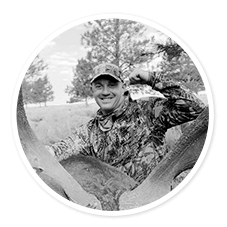
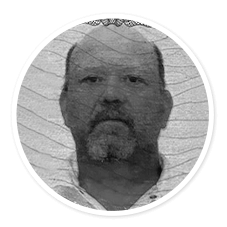
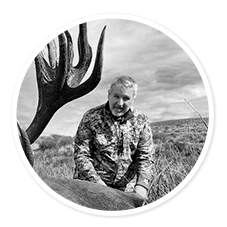
FAQ's
It depends on the species to be hunted: Red stag 95%, Fallow deer 95%, Blackbuck 50%, Wild goat: 90%, Patagonian ram: 90%, Mouflon sheep: 75%, Multihorned sheep: 95%, Russian boar: 70%, Puma: 20 up to 50% depending the time of the year, Pere David’s deer: 90%, Water Buffalo 50%.
When hunting Red Stag, it will be the responsibility of the guide to judge the stags score correctly and if any stag taken scores higher than estimated by the guide, the client will not be required to pay additional trophy fees.
Yes, of course. We strongly recommend exporting your trophies at a later date, the cost will depend on the size, height and weight of the crate to be exported.
You must ask your travel agent for a roundtrip airfare from your place to Buenos Aires, and also for the roundtrip domestic flight from Buenos Aires to San Carlos de Bariloche (BRC) or Chapelco (CPC).
You can expect temperatures of approximately 25 – 70 degrees (F), depending on the time of year.
Hunts are conducted on 4WD vehicles. Final approach is done on foot. Hunters may expect to stalk around 7- 8 miles per day and it implies light hiking on relatively flat terrain.
Every day you should see shootable game. Game is very abundant.
From the end of February up to the end of June for all deer species, except for the Pere David’s deer (which can only be hunted up to the end of May).
Every hunt is fully guided by our very experienced guides. Hunts are 1 x 1 and 2 x 1.
You will eat some deliciously prepared native home-style and international cooked meals in our dining room prepared by our exclusive chef. We can accommodate everything about any special health and dietary needs.
Predominantly Spanish, but you can ask for an interpreter (at an extra cost). The general manager and other employees speak English.
None whatsoever. You will be hunting in private property.
Some rain is to be expected since the weather is unpredictable; we recommend you bringing light rain gear. March and April are usually very dry, May and June get increasingly moist. However, given that the annual rainfall is 12 inches, not much rain can really be expected.
Yes. This will be arranged by the outfitter upon your arrival. Cost for the hunting license is USD 200 (could be changed by authorities without notice).
If you need shooting sticks, please bring the one of your preference. We stock a few but since there is such a wide array, we might not have the one you like.
There are no snakes where the ranch is located.


